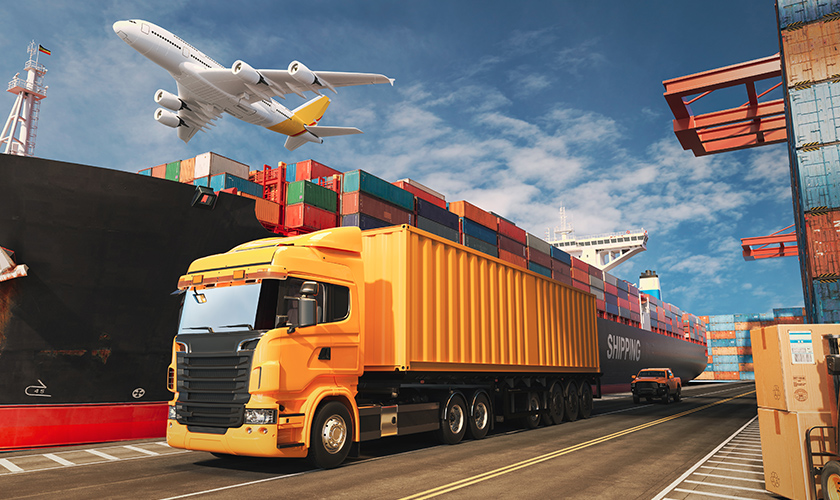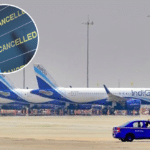Road freight is the movement of goods in lorries, vans, or trucks over roads and motorways. It’s a very popular mode of transporting goods within the UK and Europe. From factory deliveries to supermarket stocks, road freight helps keep shelves full and firms operating.
Regardless of whether it’s a small package travelling across town or a complete load shipping across the nation, road freight is employed daily by every kind of industry. It’s versatile, relatively fast, and can travel where trains, planes, or ships cannot venture directly.
Types of Road Freight Services
There are several principal forms of road freight. Full load, or FTL, is where a single customer fills the entire lorry. It is commonly employed by large businesses transporting bulk products. There is also part load or groupage, where products from multiple customers are grouped together into a single vehicle. This is where smaller companies benefit financially as they avoid paying full space and transport costs.
Courier and same-day delivery are also classified under road freight, albeit they typically handle lighter products. Temperature-controlled transportation is the third choice, employed for food, pharmaceuticals and other materials that must remain chilled or frozen while being transported.
Why Businesses Rely on Road Freight
Road freight tends to be more straightforward and easier to control than rail or air. Drivers can pick up from a warehouse or factory and take products directly to the customer’s door. Goods do not have to be loaded and unloaded at ports or stations, which saves time and minimizes damage to goods.
It also offers more control. Routes can be changed quickly if there’s traffic or bad weather. And because road freight runs day and night, businesses can work to tighter deadlines and meet customer demands more easily. In short, it offers speed, flexibility, and reach.
Challenges Faced in the Industry
Although it’s dependable, road haulage is not without its issues. Increasing fuel costs, a shortage of drivers, roadworks, and new regulations for low-emission zones all put pressure on the sector. Add to that the problem of border or port delays, particularly since Brexit, which has introduced additional paperwork and longer lead times for some deliveries.
Road conditions are another factor. Substandard road surfaces can cause damage to vehicles and longer travel times. And as increasing numbers of cities implement cleaner air policies, freight operators are being forced to change their fleets to ensure that cargo can meet environmental targets, a process that takes time and money.
The Future of Road Freight
The business is evolving. More businesses are turning to electric or hybrid cars in a bid to reduce emissions. Technology is also becoming more predominant, with tracking systems, route planning software and onboard cameras assisting in enhancing safety and efficiency.
Though other forms of transport are expanding, road freight will remain the most widely utilized form for local and domestic deliveries. Provided there are roads and the need for quick delivery, lorries and vans will remain an integral part of daily life.
Related News:
China-Thailand High-Speed Railway (HSR) Accelerates into Phase-2
















